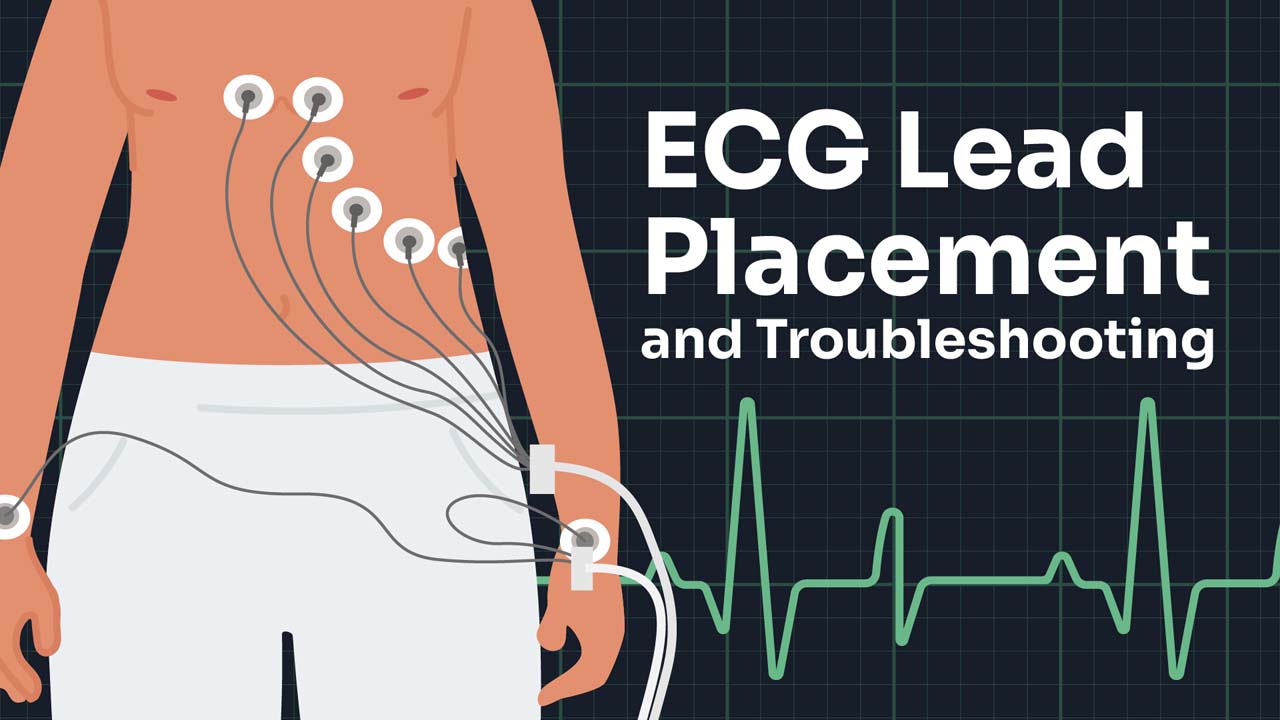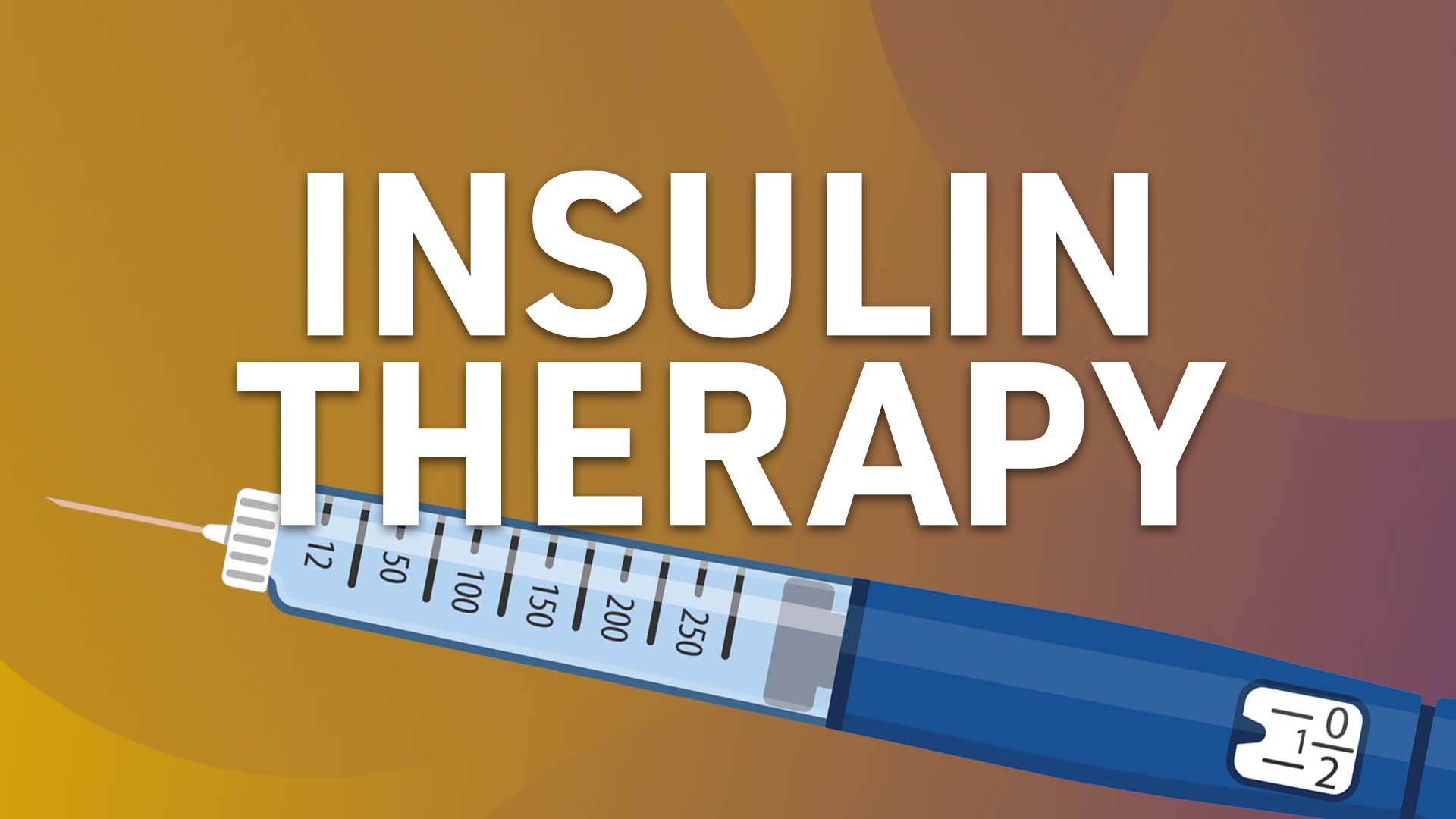ECG Lead Placement and Troubleshooting

Accurate ECG lead placement is critical to ensuring high-quality cardiac monitoring and diagnostic accuracy. Whether being used for routine observation or emergency assessment, even small errors in lead positioning can result in significant misinterpretations, potentially causing delayed or inappropriate patient care.
This Ausmed Course is designed to equip nurses, paramedics and other healthcare professionals with the skills and confidence to correctly place ECG leads and troubleshoot common issues. Enhance your practice by ensuring accurate recordings that support timely and effective patient care.
Content
What you'll learn:
Explain the role of ECGs in assessing cardiac health and the proper preparation required to obtain accurate ECG recordings
Demonstrate knowledge of accurate 12-lead ECG placement on patients, including correct positioning of limb and chest leads to ensure high-quality diagnostic results
Describe the specific uses and applications of 3-lead and 5-lead ECG configurations
Demonstrate accurate placement of 3-lead and 5-lead ECGs for monitoring purposes
Apply knowledge of alternative ECG electrode placement to enhance cardiac assessment
Recognise common factors that can impact trace quality
Apply effective troubleshooting for ECG artifact or interference to ensure accurate ECG recording
Who it's for:
Why it's needed:
Accurate electrocardiogram (ECG) lead placement is essential for precise diagnosis and accurate monitoring. Incorrect lead positioning can result in significant misinterpretations, including false-positive or false-negative findings, which may lead to improper patient management.
Studies have demonstrated that even minor deviations in electrode placement can cause clinically significant changes on an ECG, such as alterations in the ST-segment, which is often used to diagnose a heart attack. Despite the critical nature of correct ECG lead placement, research indicates a prevalent lack of knowledge and accuracy among healthcare professionals, including nurses and paramedics in practice.
For instance, a study assessing the accuracy of chest electrode placement by emergency medical services (EMS) and clinical personnel found notable inaccuracies, underscoring the need for improved training and education in this area.
Therefore, this course is necessary in order to help equip healthcare professionals with an improved understanding of how to obtain accurate diagnostic information, ultimately enabling them to provide appropriate and timely patient care.
Purpose:
Topics
Assign mandatory training and keep all your records in-one-place.
Find out more
Recommended resources





 Free
Free



 New
New